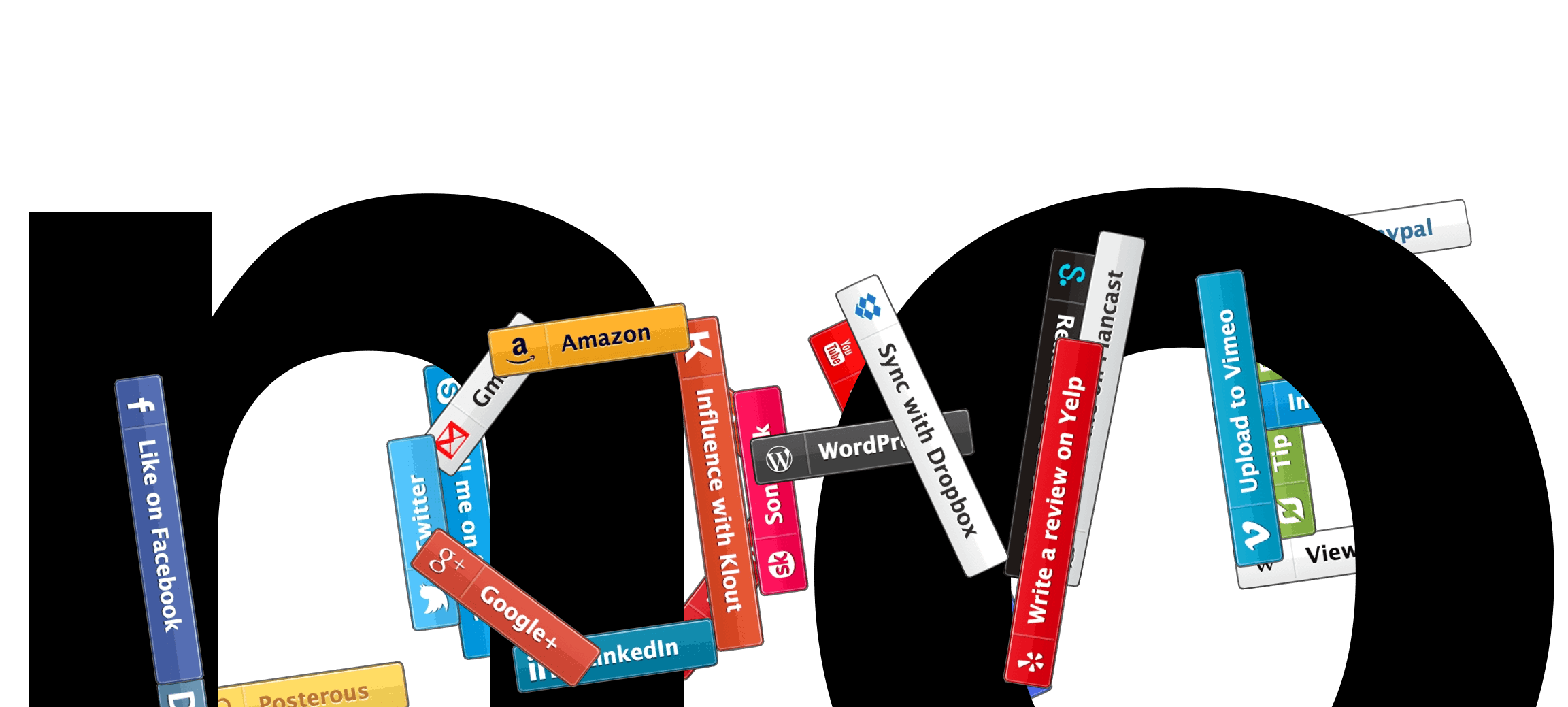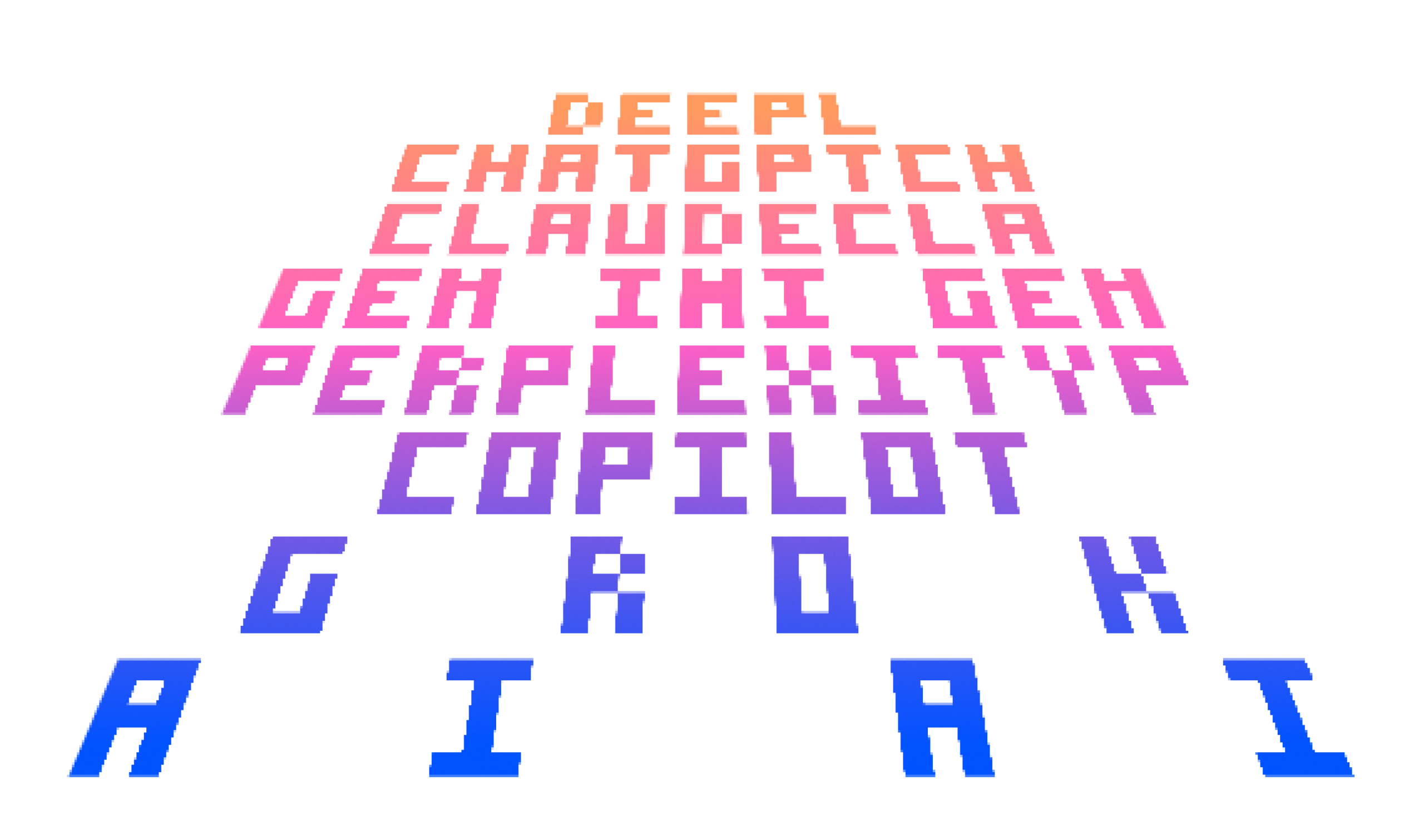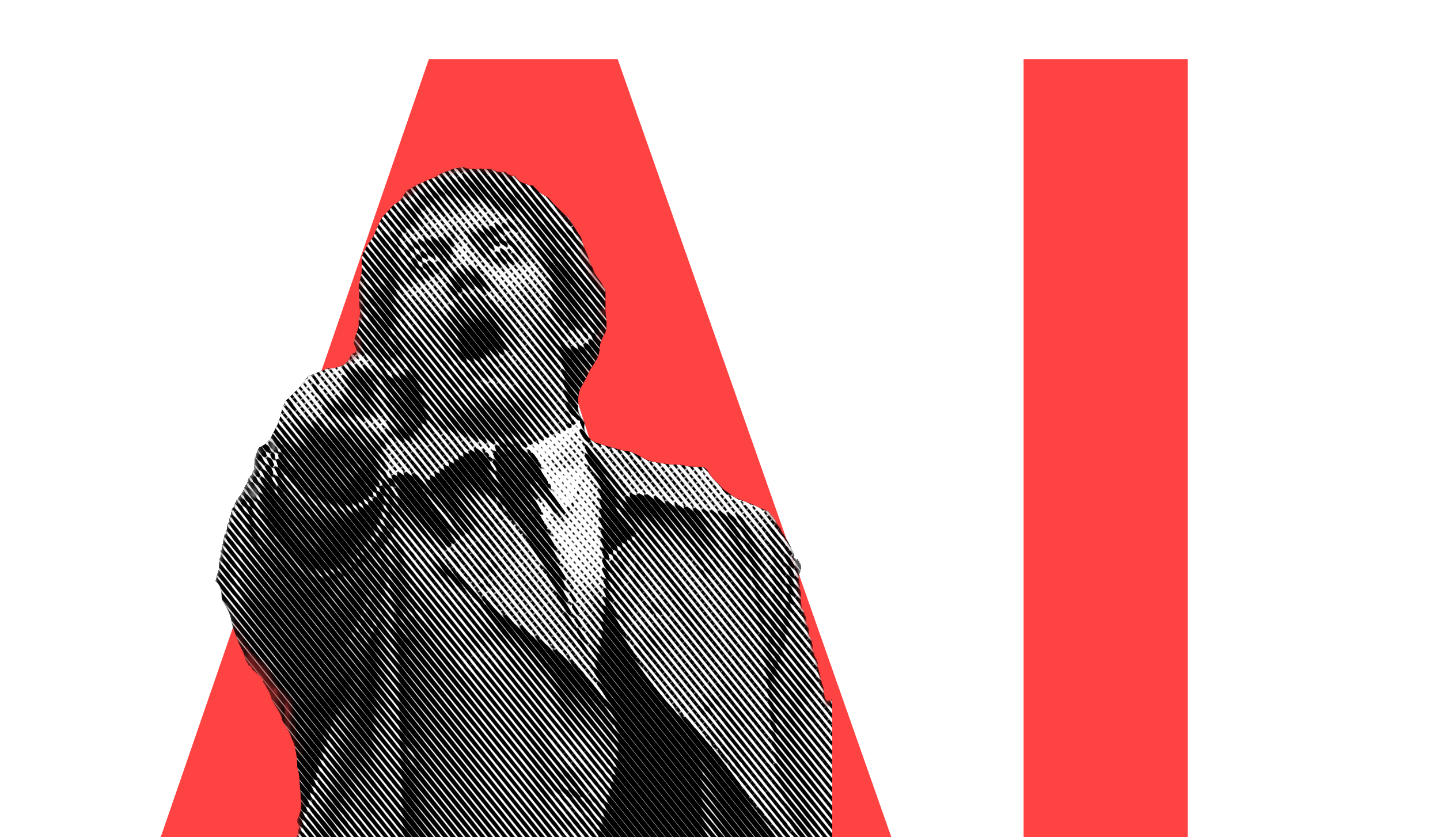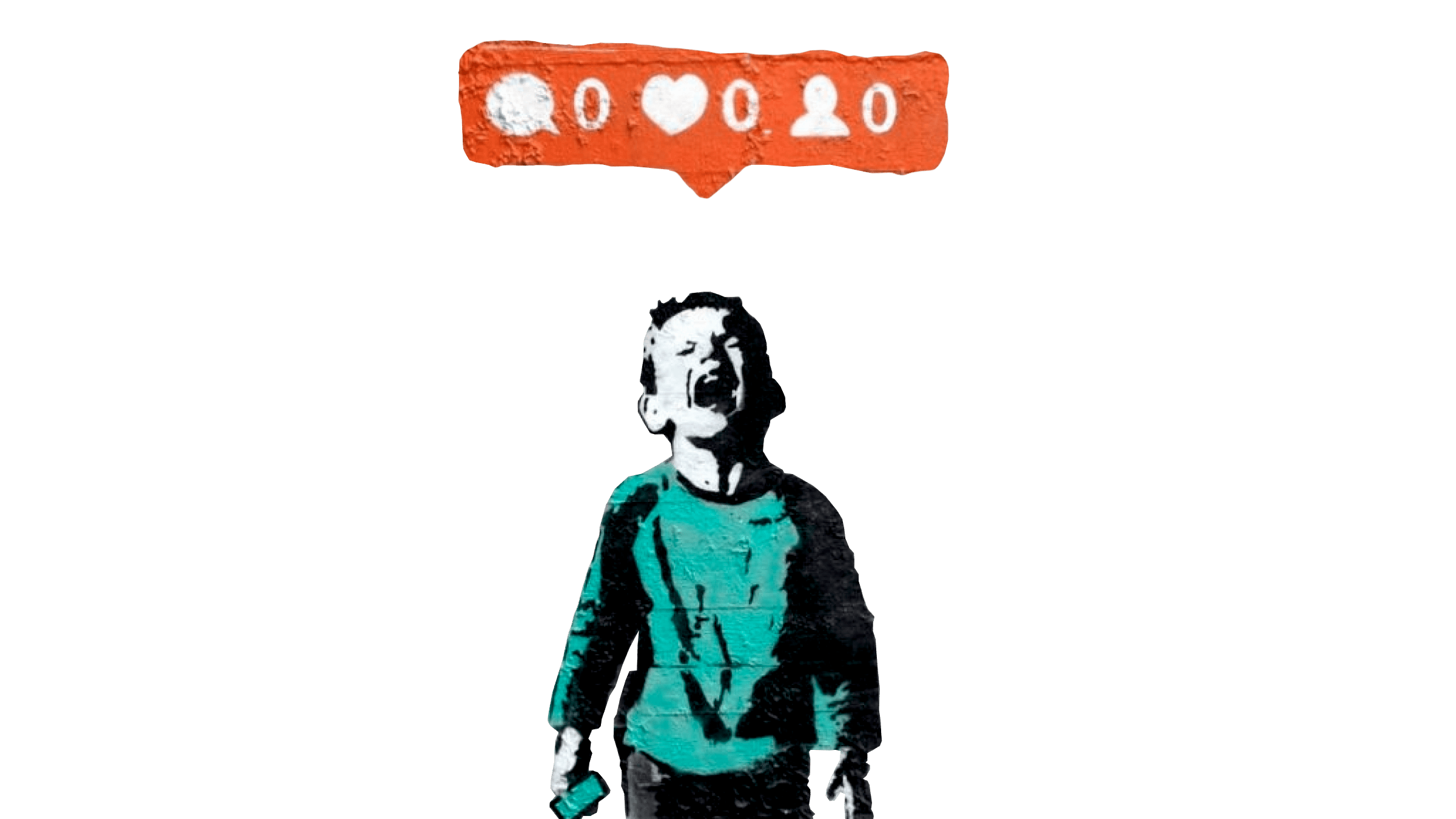Promising to make you look wired and magically promote your content in social networks, the Like, Retweet, and +1 buttons occupy a good spot on pretty much every page of the World Wide Web. Because of this, almost every major site and brand is providing free advertising for Twitter and Facebook. But do these buttons work?
It’s hard to say. What we know for sure is that these magic buttons promote their own brands—and that they tend to make you look a little desperate. Not too desperate, just a little bit.
No Need to Remind Me of Twitter
The user doesn’t come out of nowhere. We don’t land on your page and then head happily to those social networks to promote you, just because you have a button on your site. We find content through Facebook, Twitter, Google+, Pinterest etc., not the other way around.
- People who use social networks usually begin their web journey there and go back naturally. We don’t need to be reminded of what network we use on the way. We know. We came from there.
- For those who don’t use social networks, the social media buttons are completely useless.
- If readers are too lazy to copy and paste the URL and write a few words about your content, then it is not because you lack these magical buttons.
Some people probably do use those buttons. Maybe even a lot of people. And maybe you do too and think I’m dead wrong about this. Maybe I am. And maybe someone needs to do some serious research for us to know. Still, people who know how to use social media generally also know how to share URLs:
We removed FB buttons and traffic from Facebook increased. Reason: instead of “liking” articles, readers share it on their timeline. —@smashingmag
If you provide excellent content, social media users will take the time to read and talk about it. That’s what you really want. You don’t want a cheap thumbs up, you want your readers to talk about your content with their own voice.
What’s the Harm?
What does it mean that every Mashable article has thousands of retweets and likes? It’s not like the number of tweets show how interesting an article is. It more likely shows the strength of Mashable’s social media profile.
Don’t worry. These buttons will vanish. The previous wave of buttons for Delicious, Digg and co. vanished. Facebook, Twitter and G+ may or may not survive, but the buttons will vanish for sure. Or do you seriously think that in ten years we will still have those buttons on every page? No, right? Because you already know as a user that they’re not that great. So why not get rid of them now? Because “they’re not doing any harm”? Are you sure?
- Did you know about the spying?
- Are you okay with slower loading times and bumpy scrolling?
- If you’re unknown, social media buttons make you look like a dog waiting for the crumbs from the table. You might have magnificent writing skills and a lot to say, but you will still only get a few retweets and likes. Yes, it’s not fair, but that’s the way it is. If you’re known, you will get attention, even for the mediocre. If you’re not known, no matter how good you are, initially you won’t. That button that says “2 retweets” will be read as: “This is not so great, but please read it anyway? Please?”
- If you are known and your text is not so great, the sleaze buttons can look greedy and unfair (yes, people are jealous). “1,280 retweets and you want more?—Meh, I think you got enough attention for this piece of junk.” When I started writing this article I was looking forward to citing a courageous piece by 37signals explaining why “it’s the content, not the icons”—only to find that they now have added a Like and a Retweet button.
- In a medium full of advertisement and self-promotion, every unnecessary pixel of noise and “click me!”-begging should be avoided if it can be. The less noise, the less begging, the less secondary advertisement, the easier it is to focus, and the more likely someone will actually read your content.
Social media buttons are not a social media strategy, even though they’re often sold as such. Excellent content, serious networking, and constant human engagement is the way to build your profile. Adding those sleazy buttons won’t achieve anything. Social media is not easy—there is no simple trick. Usually, what most people do is not the winning strategy but the safe strategy, and safe rarely wins.
Got a Better Idea?
Is there a better way to “integrate Social Media”? Well, why don’t you just post the best reactions on the bottom of the article? Like this:
@iA would you please stop telling people that they need to do put effort to get good results, instead of relying on cheap magic tricks? —@fariska
@iA Also to point out one actual harm the buttons do: slower page load times. Especially, but not only, Facebook buttons. —@ojt (I completely forgot about that, and updated the post right after the tweet.)
@iA And then there’s the persistent cookie trail they leave—pertinent for EU-based website creators and owners. Going, going, (soon) gone —@Wordius
Designer Hilton Lipschitz told us he had much the same experience. Buttons were slowing his site by over a second, which made him concerned some potential visitors would leave, and many were rarely used: ‘One article got 22,000 page views, but there were no Google+ or Facebook Likes and no Tweet shares.’ He said people are probably used to seeing these buttons but blank them out like adverts, and added that his traffic—which mostly arrives from Twitter, Reddit and Hacker News, has not been negatively affected. —.NetMag
Just saying: There are also technical reasons to decry buttons, as @zurb did: ‘Small, Painful Buttons: Why Social Media Buttons Might be Killing Your Mobile Site’. —@gregone
I don’t embed any sharing buttons for one big reason: they look cheap and desperate. They would devalue my voice and reduce my credibility. —Marco Arment
… those insipid per-post social media buttons —Daring Fireball
How much of web design is done because that person did it over there? —Shawn Blanc
Well said —@Zeldman
Well, I don’t have serious research across the board, but I do have access to the Guardian’s analytics, and we’ve actually just done a fascinating set of A/B tests around sharing buttons. This has culminated in the appearance of a “floating” set of buttons to the left of an article. —Martin Belam, ex-IA at The Guardian
In conclusion, what we’d really like (my team and I, not necessarily the FT) is for the editorial team to engage more actively on social media. The first step would be, as the article points out, to discourage passive “Liking” and encourage the more active kind of posting that people would do otherwise. The second step would be to show journalists where these discussions are happening (using our tool) and lead them to participate. —Matthew Caruana Galizia, UXD at the Financial Times Labs
Read critical reactions plus the first data analyzing the performance of these buttons in our article Follow-up to “Sweep the Sleaze”.







